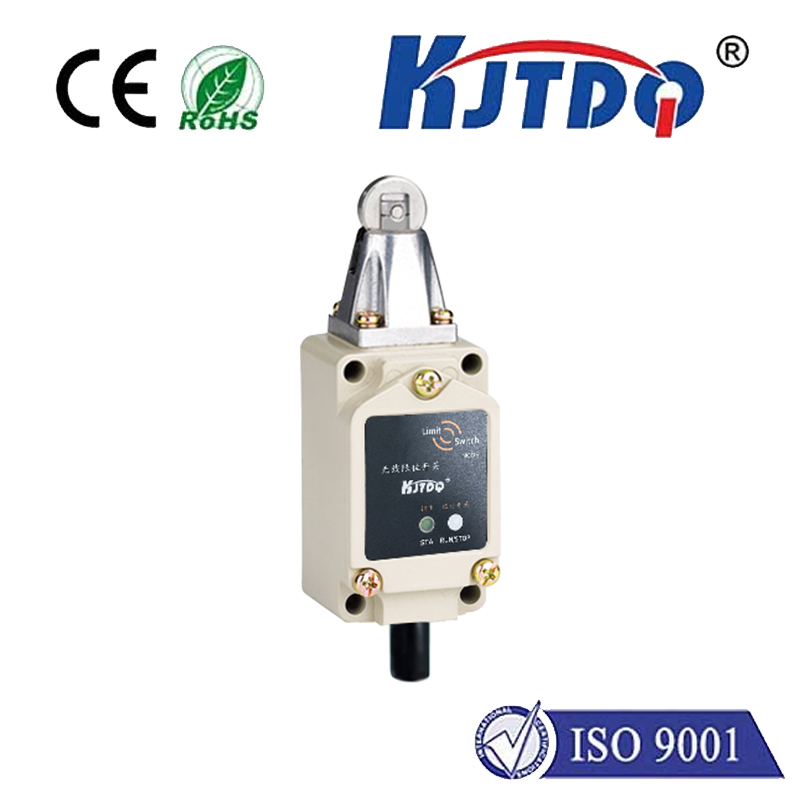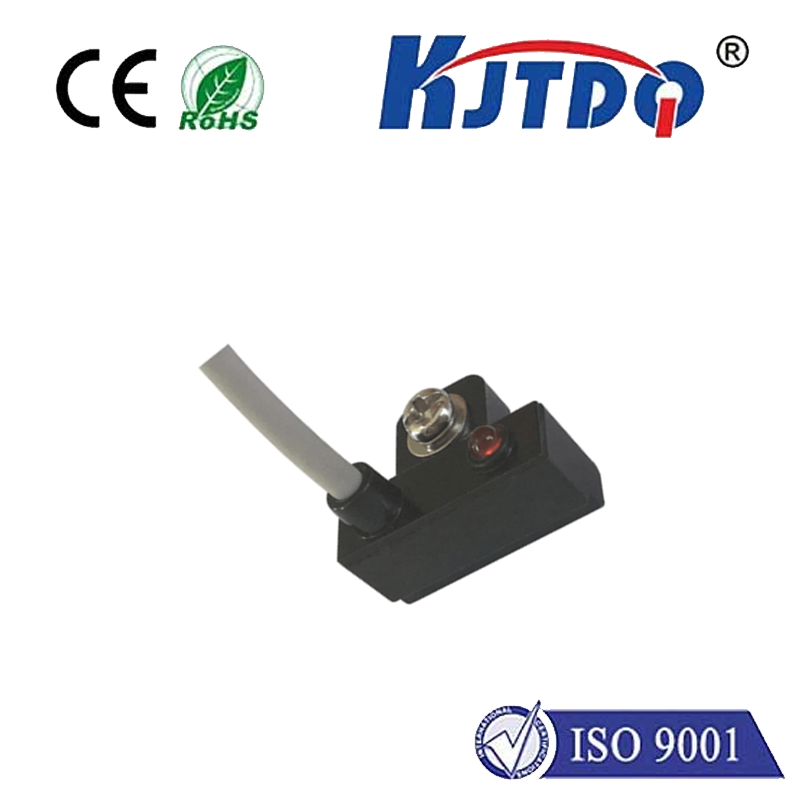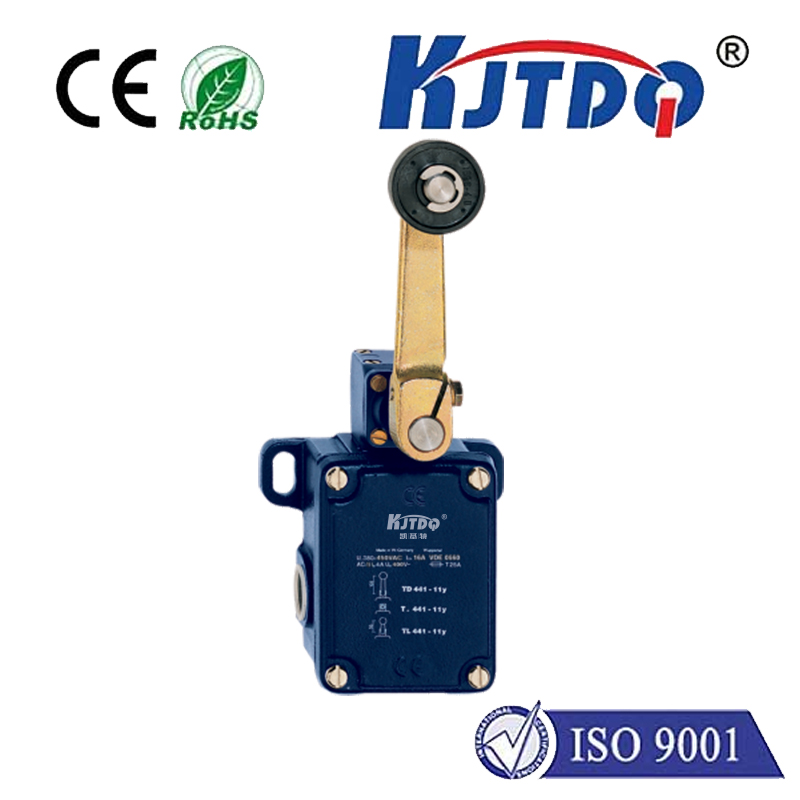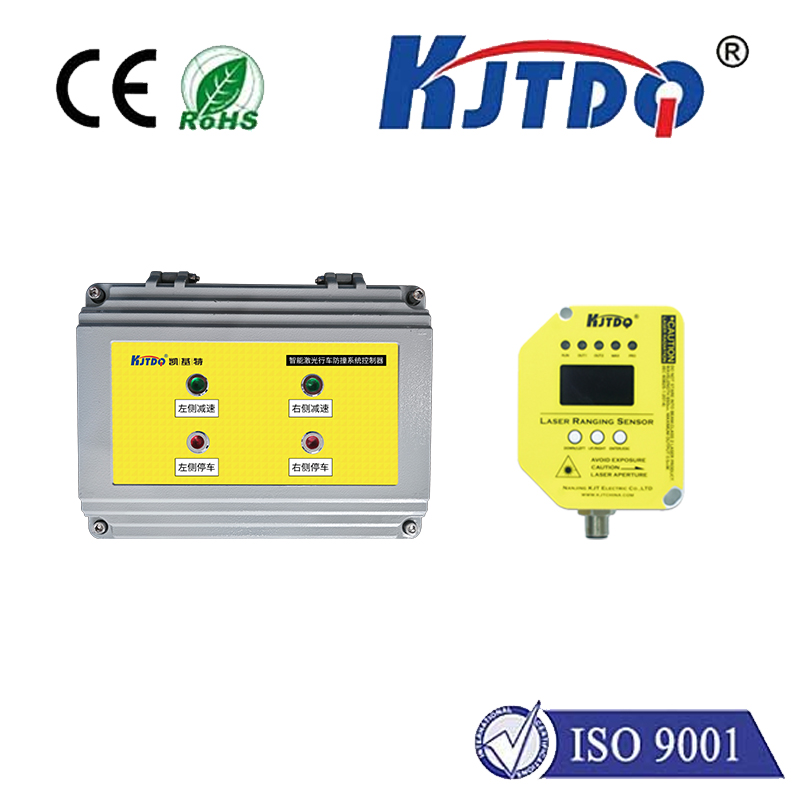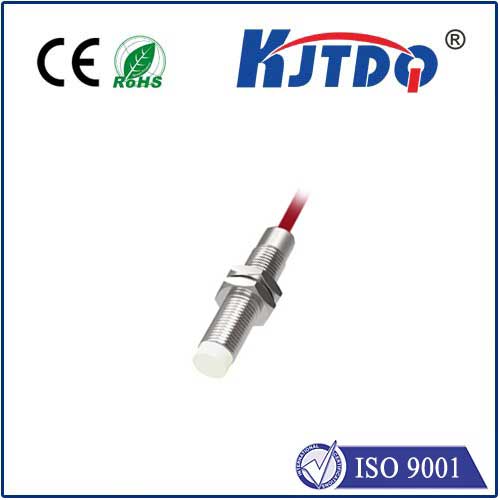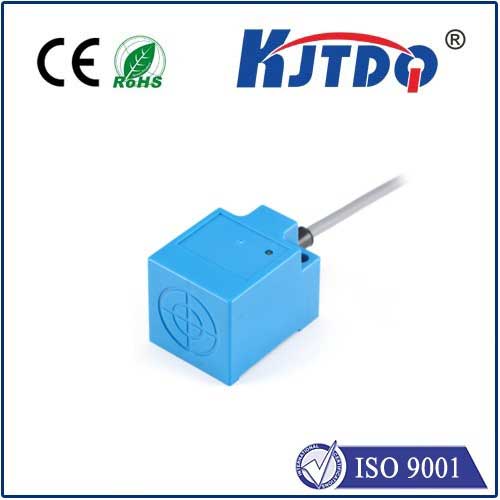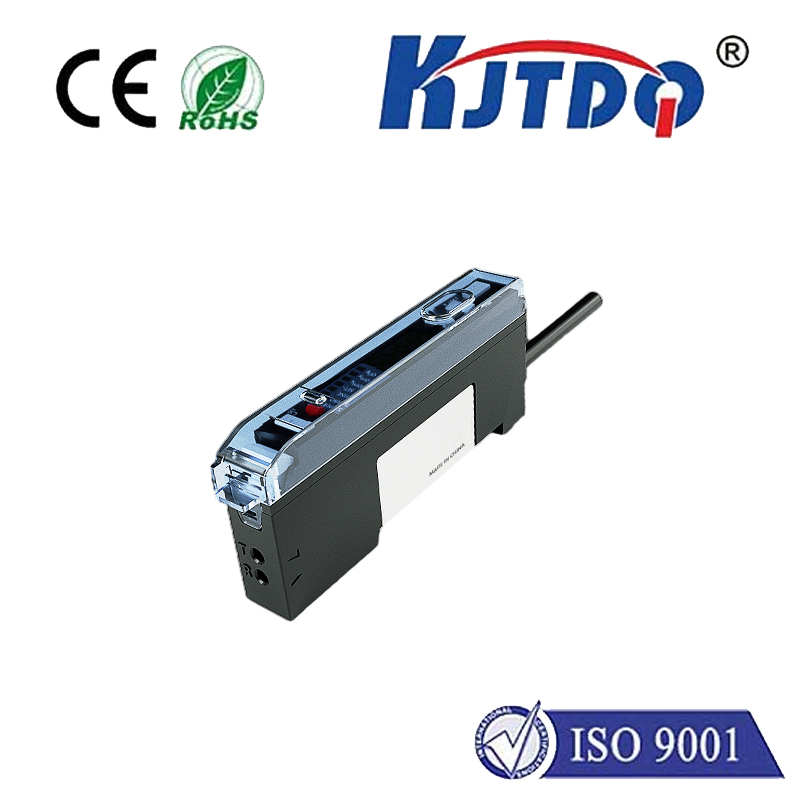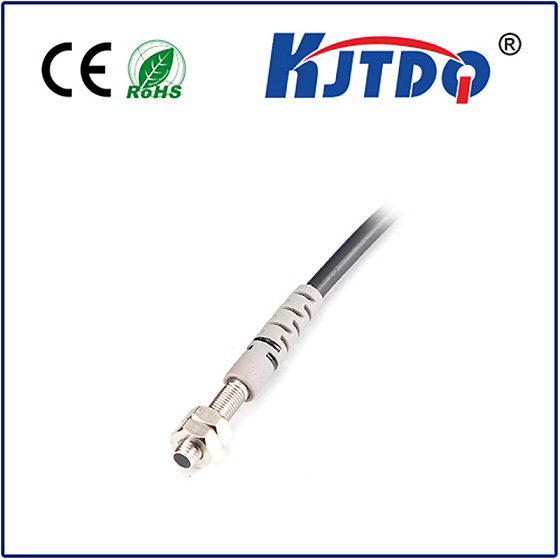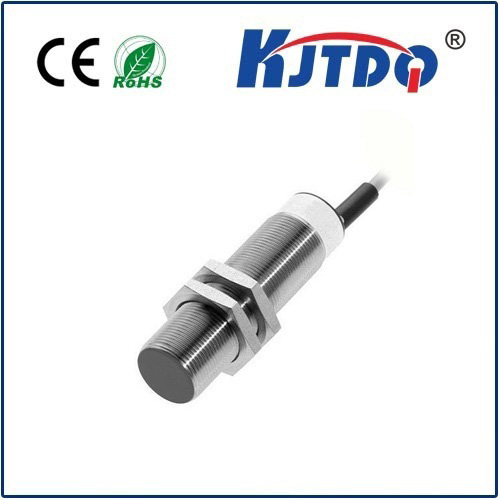

check

check

check

check
Title: Understanding Photoelectric Slot Sensors: A Comprehensive Guide
Introduction
Photoelectric slot sensors are essential components in a wide range of industries, including manufacturing, packaging, and automation. These sensors use the principle of photoelectricity to detect objects or materials passing through a specific slot or opening. In this article, we will explore the basics of photoelectric slot sensors, their applications, and how they work.
What is a Photoelectric Slot Sensor?
A photoelectric slot sensor consists of a light source (emitter) and a light receiver (detector). The emitter emits a beam of light that is directed towards the detector. When an object passes through the slot between the emitter and detector, it interrupts the beam of light, causing a change in the output signal of the sensor. This change in the signal can be used to trigger various actions, such as counting objects, controlling machinery, or providing feedback for process control systems.
Applications of Photoelectric Slot Sensors

Photoelectric slot sensors have numerous applications across different industries. Some common examples include:
1. Manufacturing: Photoelectric slot sensors can be used to count items on a conveyor belt, monitor product quality, and ensure proper alignment during assembly processes.
2. Packaging: These sensors can detect the presence of products in packaging machines, ensuring accurate filling and sealing of containers.
3. Automation: Photoelectric slot sensors play a crucial role in automated systems by providing real-time feedback on machine operations and triggering safety mechanisms when necessary.
4. Quality Control: By detecting defects or anomalies in products passing through the sensor, manufacturers can take corrective action and improve overall product quality.
How Photoelectric Slot Sensors Work
To understand how photoelectric slot sensors work, let's break down the process into three main steps:
1. Light Emission: The emitter emits a beam of light that is directed towards the detector. This beam can be either visible light or infrared light, depending on the application and environmental conditions.
2. Object Interception: When an object passes through the slot between the emitter and detector, it blocks the path of the light beam. As a result, less light reaches the detector than initially intended.
3. Signal Change: The decrease in received light causes a change in the output signal of the sensor. This change can be interpreted as an indication of the presence or absence of an object within the slot.
Conclusion
Photoelectric slot sensors are versatile devices that play a critical role in various industries by providing accurate detection and measurement capabilities. By understanding their basic principles and applications, you can better appreciate their importance and potential uses in improving efficiency, productivity, and safety in industrial settings.
